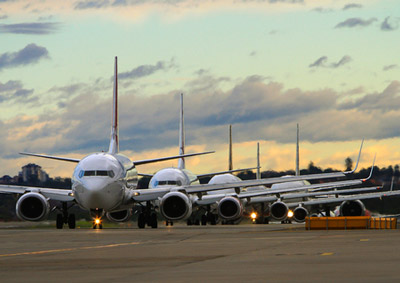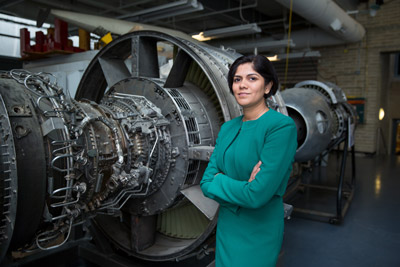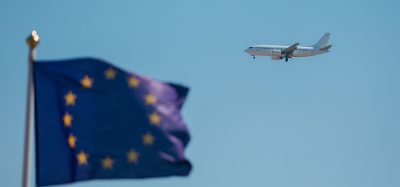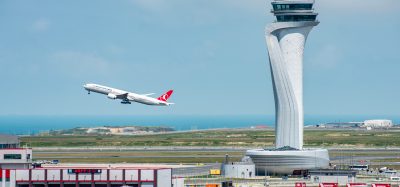New algorithms developed to help reduce airport congestion
- Like
- Digg
- Del
- Tumblr
- VKontakte
- Buffer
- Love This
- Odnoklassniki
- Meneame
- Blogger
- Amazon
- Yahoo Mail
- Gmail
- AOL
- Newsvine
- HackerNews
- Evernote
- MySpace
- Mail.ru
- Viadeo
- Line
- Comments
- Yummly
- SMS
- Viber
- Telegram
- Subscribe
- Skype
- Facebook Messenger
- Kakao
- LiveJournal
- Yammer
- Edgar
- Fintel
- Mix
- Instapaper
- Copy Link
Posted: 18 July 2016 | Katie Sadler, Digital Content Producer, International Airport Review | 3 comments
A researcher at the Massachusetts Institute of Technology (MIT) has developed new algorithms to reduce airport congestion in the United States.


A researcher at the Massachusetts Institute of Technology (MIT) has developed new algorithms to reduce airport congestion in the United States.


Over the next 25 years the number of passengers flying through U.S. airport hubs is expected to grow by 70 percent, to more than 900 million passengers per year. As this will inevitably lead to new planes entering an already busy airspace, new concept are needed to tackle airport congestion and aid air traffic controllers.
Passenger numbers at U.S. hubs is expected to grow by 70 percent increasing airport congestion
Hamsa Balakrishnan, associate professor of aeronautics and astronautics at MIT, was recently awarded tenure to put forward an efficient solution to increasingly crowded skies in the U.S.
“How do you move along today’s system to be more efficient?”
“How do you move along today’s system to be more efficient, and at the same time think about technologies that are lightweight, that you can implement in the tower now?” said Balakrishnan.
Working with the Federal Aviation Administration and major U.S. airports, Hamsa Balakrishnan will upgrade air traffic control tools in a way that can be easily integrated into the existing infrastructure. These tools are aimed to predict and prevent air traffic delays, both at individual airports and across the aviation system. They will also ultimately make controllers’ jobs easier.
“We don’t necessarily want [controllers] to spend the bandwidth on processing 40 pieces of information,” says Balakrishnan, “Instead, we can tell them the three top choices, and the difference between those choices would be something only a human could tell.”
Algorithms to prevent congestion on airport runways
Balakrishnan has also developed algorithms to prevent congestion on airport runways. The research revealed that runways run more smoothly, with less idling time, if controllers simply hold planes at the gate for a few extra minutes. She has developed a queuing model that predicts the wait time for each plane before take-off, given weather conditions, runway traffic, and arriving schedules, and has calculated the optimal times when planes should push back from the gate.


Hamsa Balakrishnan, associate professor of aeronautics and astronautics,MIT
Photo: Bryce Vickmark
“You can’t purely look at the theory to design these systems,” Balakrishnan says. “A lot of the constraints they need to work within are unwritten, and you want to be as non-destructive as possible, in a way that a minor change does not increase their workload. Everybody understands in these systems that you have to modernise. If you’re willing to listen, people are very willing to tell you about what it looks like from where they are.”




















This is fascinating solution. However it has implications for turn around time and on-time performance for an airline. Holding at the gates for a few extra minutes will also affect the turnaround of an aircraft. How this trade off is addressed will be interesting to know. Would like to read the full text please.
We want to apply your system for Indonesian airports
Within Europe the research and implementation of so called Departure Managers (DMAN) / “pre-departure sequencer” has been a cornerstone of the A-CDM concept. The coupling of AMAN (Arrival Managers) and DMAN in order to coordinate arrivals and departures even better is the next step and ready for implementation. For more reading from the early days of developments go to: http://www.atmseminar.org/seminarContent/seminar6/papers/p_130_AM.pdf (published in 2006)